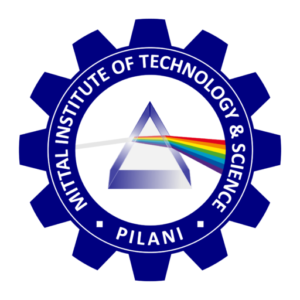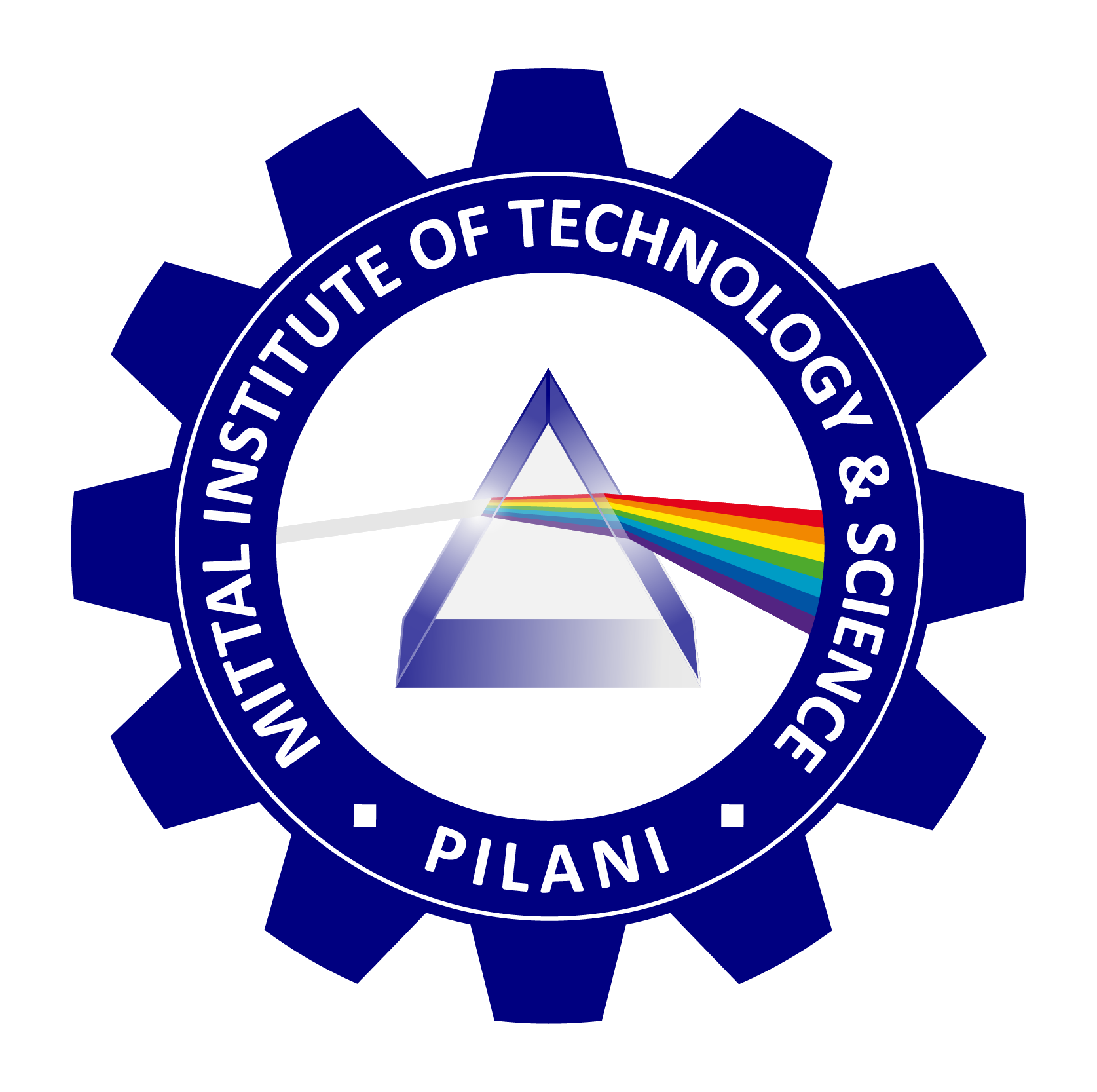
JAVA Programming Language
Introduction
Java is a high-level, class-based, object-oriented programming language designed to have as few implementation dependencies as possible. It was developed by Sun Microsystems in 1995 under the leadership of James Gosling and later acquired by Oracle Corporation. Since its inception, Java has become one of the most widely used programming languages due to its platform independence, reliability, scalability, and security features. Java is widely used in web development, mobile applications, enterprise systems, and embedded systems, making it a cornerstone in the technology landscape.
History and Evolution
Java was initially conceived in the early 1990s as part of a project to develop a language for consumer electronics. James Gosling and his team at Sun Microsystems were looking for a language that could run on various devices and would be platform-independent. The original name of the language was “Oak,” but it was later renamed “Java,” inspired by Java coffee, as the name “Oak” was already in use by another company.
The first public release of Java (Java 1.0) came in 1995, and it immediately caught the attention of developers due to its “write once, run anywhere” (WORA) promise. This characteristic meant that Java programs could run on any device that had the Java Virtual Machine (JVM) installed, regardless of the underlying hardware or operating system. Over the years, Java has undergone significant evolution, with major releases bringing new features, libraries, and optimizations to enhance performance, security, and functionality.
Key Features of Java
Java is distinguished by several key features that make it popular among developers:
Platform Independence: Java’s platform independence is one of its most well-known features. Java programs are compiled into bytecode, which can run on any system equipped with a JVM. This is in contrast to other languages, like C or C++, which need to be recompiled for different platforms.
Object-Oriented: Java is a fully object-oriented programming language, meaning it is based on the concept of objects and classes. It promotes code reusability, modularity, and better organization through principles like inheritance, polymorphism, encapsulation, and abstraction.
Simple and Easy to Learn: Java was designed to be simple, clean, and easy to learn. It removed complex features like pointers and operator overloading, which were present in other languages like C++. Its syntax is straightforward and similar to other programming languages, making it accessible to beginners.
Robust and Secure: Java provides built-in security features, such as automatic memory management through garbage collection and exception handling, which make it less prone to errors like memory leaks or buffer overflows. Additionally, Java’s runtime environment includes a security manager that defines access controls, making Java a secure choice for developing applications, especially in distributed environments.
Multithreading: Java supports multithreading, allowing multiple threads of execution within a program to run simultaneously. This feature is essential for developing high-performance applications, such as web servers or graphical user interfaces, which need to handle multiple tasks concurrently.
Automatic Memory Management: Java has an automatic garbage collection system that takes care of deallocating memory for objects that are no longer in use. This feature simplifies memory management and reduces the chances of memory-related errors.
Rich Standard Library: Java comes with a comprehensive set of standard libraries known as the Java Standard Library (Java API). It includes classes for data structures, I/O operations, networking, utilities, and much more. This extensive API makes development faster, as developers can rely on pre-built components for common tasks.
Java Architecture
Java’s architecture revolves around three core components: the Java Development Kit (JDK), the Java Runtime Environment (JRE), and the Java Virtual Machine (JVM).
Java Development Kit (JDK): The JDK provides the tools needed to develop Java programs. It includes the compiler (javac), the standard libraries, and tools like debuggers and documentation generators.
Java Runtime Environment (JRE): The JRE includes the necessary libraries and other components required to run Java applications. It is essentially the implementation of the JVM along with the standard libraries.
Java Virtual Machine (JVM): The JVM is the heart of Java’s platform independence. It is responsible for executing Java bytecode. When a Java program is compiled, it is transformed into platform-independent bytecode, which the JVM interprets and executes. Each operating system has its own version of the JVM, but the bytecode remains the same, enabling Java’s WORA capability.
Java Editions
Java is available in different editions, each targeting specific application domains:
Java Standard Edition (Java SE): This is the core edition of Java, providing basic functionality for desktop and server-side applications. It includes the core libraries, APIs, and tools for building general-purpose applications. Java Enterprise Edition (Java EE): Java EE extends Java SE with additional libraries and APIs for building large-scale, distributed, and scalable enterprise applications. It is commonly used for web and business applications.
Java Micro Edition (Java ME): Java ME is designed for resource-constrained devices, such as embedded systems, mobile phones, and IoT devices. It provides a subset of the Java API and is optimized for small memory footprints.
JavaFX: JavaFX is a platform for creating rich, interactive user interfaces. It provides a lightweight, hardware-accelerated graphics and media engine for building desktop and internet applications with modern UI features.
Applications of Java: Java is a versatile language that powers a wide range of applications across different industries:
Web Development: Java is widely used in server-side web development with technologies like Servlets, JavaServer Pages (JSP), and frameworks like Spring and Hibernate. Many large-scale web applications, including e-commerce websites and social networking platforms, are built using Java.
Mobile Development: Java is the official language for Android development. Android Studio, the primary IDE for Android app development, supports Java, making it a popular choice for creating mobile applications. Enterprise Applications: Java EE is the backbone of many enterprise applications. Large organizations use Java to develop enterprise-level software for tasks such as customer relationship management (CRM), supply chain management, and financial systems.
Embedded Systems: Java ME is used in the development of embedded systems for devices like smart cards, sensors, and other Internet of Things (IoT) devices. Its platform independence and efficient memory management make it ideal for embedded applications.
Cloud Computing: Java is extensively used in cloud computing platforms due to its robustness and scalability. It is often employed in developing cloud-based services and applications, particularly in the enterprise sector.
Big Data: Java has found its place in the big data ecosystem. Technologies like Hadoop and Apache Spark are written in Java, making it a popular choice for building big data processing pipelines and analytics platforms.
Java has firmly established itself as one of the most reliable, versatile, and widely adopted programming languages in the world. Its core strengths—platform independence, object-oriented nature, strong security, and scalability—have made it a preferred language for a wide range of applications, from mobile apps to enterprise solutions, web development, and cloud computing. Despite the emergence of new languages and frameworks, Java continues to evolve, with recent releases introducing new features like modularization (Java 9), pattern matching, and records (Java 14). With its rich ecosystem, active developer community, and proven track record, Java remains a cornerstone of modern software development.

Professor Rakesh Mittal
Mittal Institute of Technology & Science, Pilani, India and Clearwater, Florida, USA
